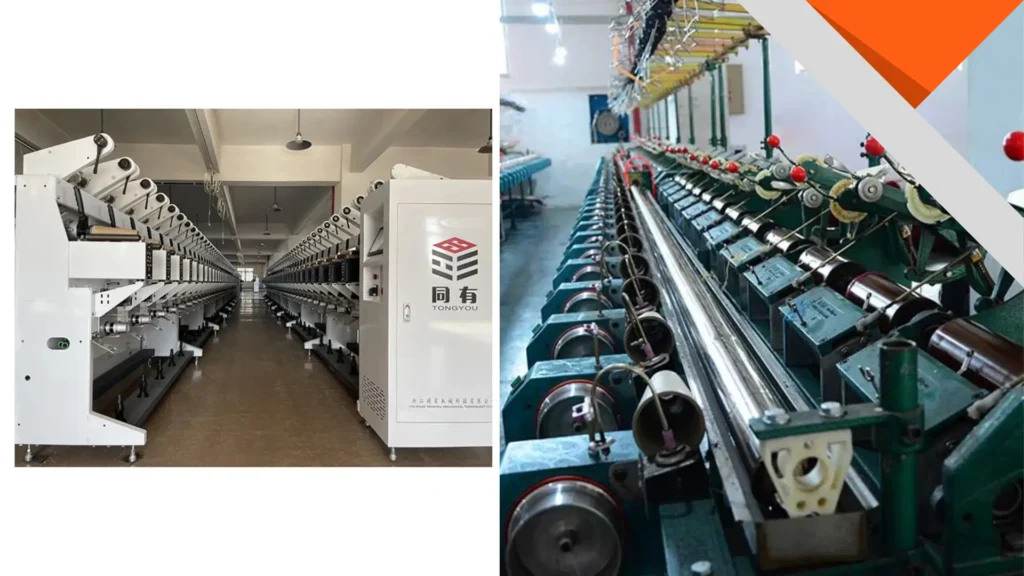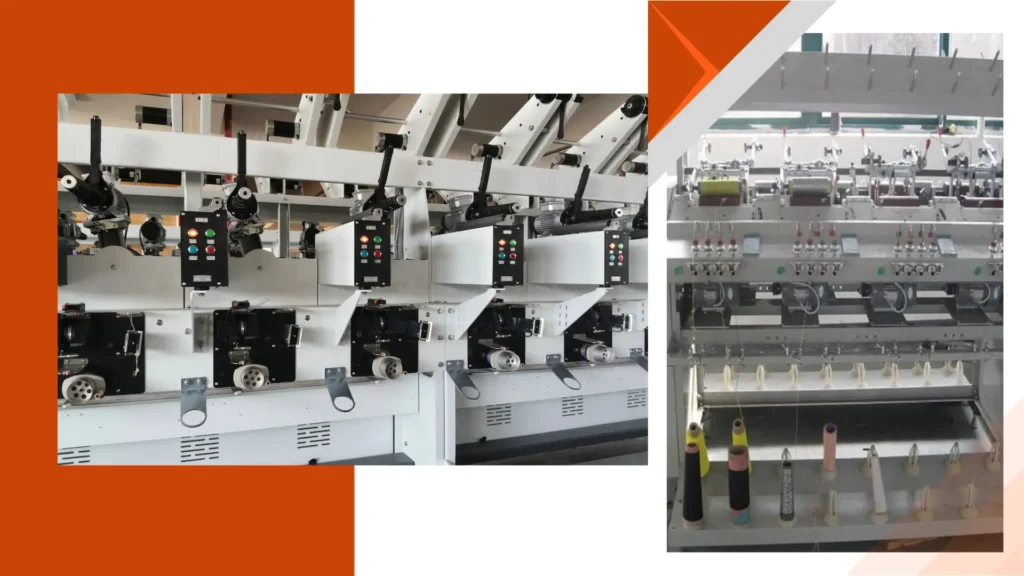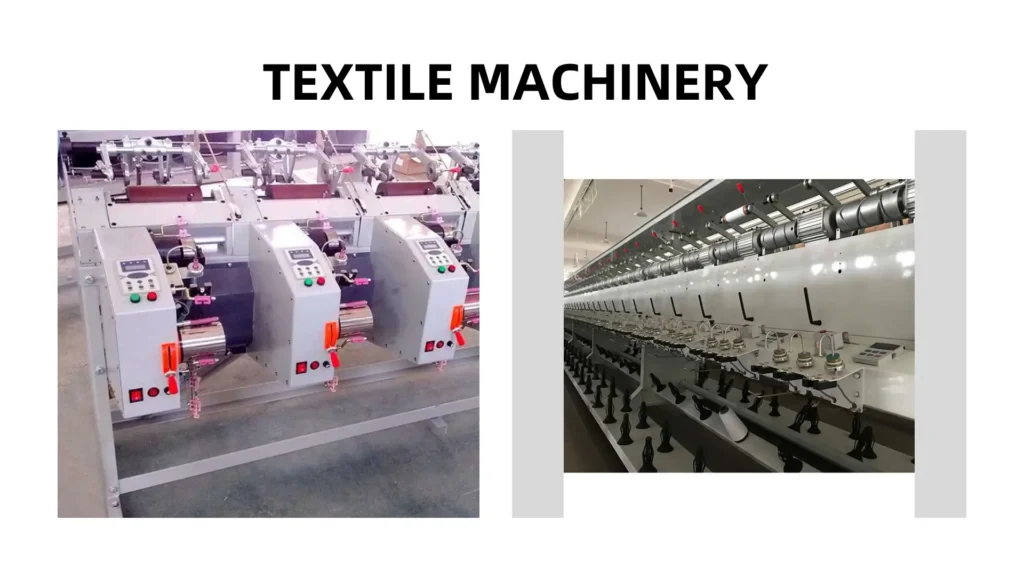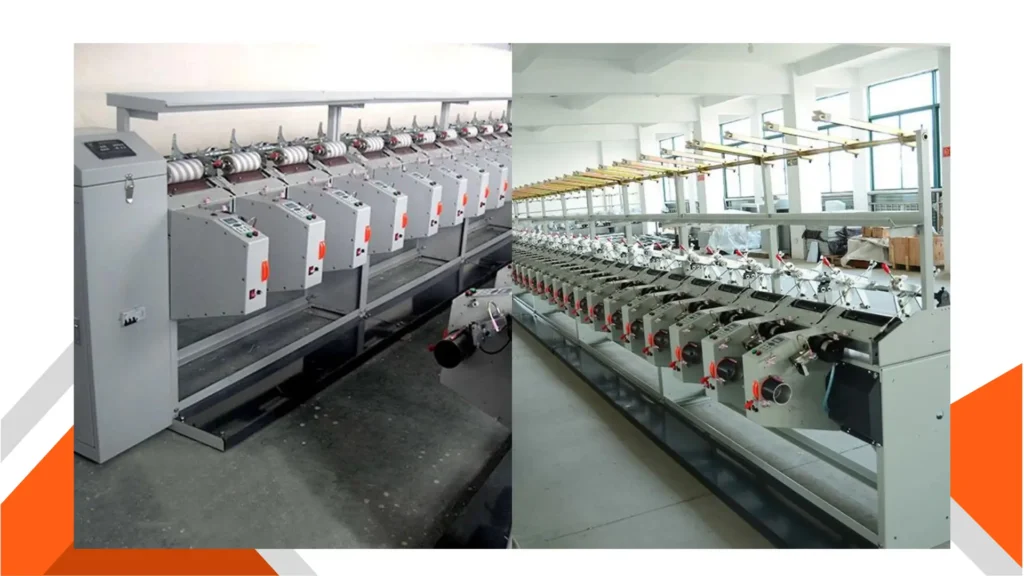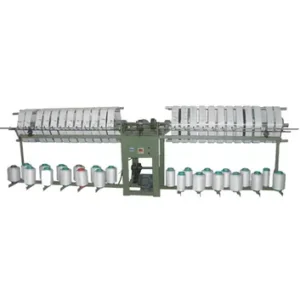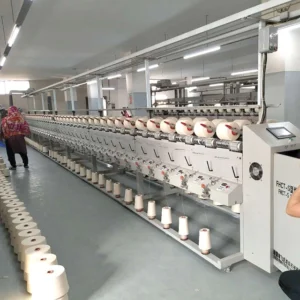The textile industry is undergoing a sustainability revolution, with zero-waste production emerging as the new gold standard.
While achieving complete waste elimination may seem ambitious, modern technologies and circular approaches are making it increasingly attainable.
This guide breaks down practical, actionable strategies to help textile manufacturers systematically reduce waste at every production stage – from raw materials to finished products.
What Does Zero-Waste Production Really Mean?
Beyond Recycling to Prevention
True zero-waste production emphasizes the importance of preventing waste before it occurs, rather than merely managing it after the fact.
This approach encourages industries to rethink their processes and materials to minimize waste generation at the source.
It involves innovative strategies that prioritize resource efficiency and sustainable practices, ensuring that products are designed with their entire lifecycle in mind.
Circular Economy Principles
At the heart of zero-waste production is the concept of a circular economy.
This principle advocates for systems where every output becomes an input for another process, thereby creating closed-loop systems.
In such a framework, materials are continuously recycled and reused, reducing the need for new resources and minimizing waste.
Whole-System Approach
A whole-system approach to zero-waste production involves considering all waste streams throughout the entire lifecycle of a product.
This includes the design phase, production processes, distribution methods, and end-of-life management.
This holistic perspective encourages collaboration among various stakeholders and promotes sustainable practices that extend beyond individual companies, contributing to a broader shift towards sustainability in the industry.
How Can Smart Design Minimize Waste?
Pattern Engineering Innovations
Advancements in computer-aided design (CAD) systems have revolutionized the way garment patterns are created, allowing for the utilization of over 95% of fabric widths.
These innovations not only lower material costs but also promote more sustainable practices by ensuring that fewer resources are wasted.
The ability to create efficient patterns is essential for the fashion industry, where fabric waste has traditionally been a significant issue.
Modular Design Concepts
Modular design concepts focus on creating products with interchangeable components, allowing for easy repairs and upgrades instead of complete disposal.
This strategy extends the lifespan of products and reduces waste by enabling users to replace or update specific parts rather than discarding the entire item.
Standardized Sizing Systems
Implementing standardized sizing systems can significantly minimize cutting waste associated with size adjustments and prototype iterations.
This not only cuts down on material waste but also enhances the efficiency of the production cycle.
Standardization helps create a more predictable and sustainable manufacturing environment, benefiting both producers and consumers.
And More:
What Production Process Changes Deliver Big Impact?
Digital Printing Technology
The adoption of digital printing technology represents a significant advancement in sustainable production methods.
Unlike traditional printing processes that often waste large amounts of water and generate excess dye runoff, digital printing is designed to be more efficient and eco-friendly.
This technology allows for precise application of inks only where needed, dramatically reducing waste and minimizing environmental impact.
On-Demand Manufacturing
On-demand manufacturing is a transformative approach that produces goods only as they are ordered, effectively eliminating the issue of overproduction waste.
This model allows businesses to respond directly to consumer demand, ensuring that inventory levels are kept to a minimum.
This shift not only benefits the environment but also enhances profitability by lowering storage and unsold inventory costs.
Precision Cutting Systems
The introduction of precision cutting systems, such as laser and ultrasonic technologies, has revolutionized material usage in manufacturing.
These advanced cutting methods can achieve material loss rates of under 2%, significantly minimizing waste generated during production.
Precision cutting not only enhances product quality but also supports the overarching goal of zero-waste production.
How Can You Transform Waste Into Resources?
Fiber-to-Fiber Recycling
Fiber-to-fiber recycling involves sophisticated mechanical and chemical processes that convert textile scraps back into usable yarn.
This innovative approach allows manufacturers to reclaim fibers from discarded clothing or leftover fabric, effectively closing the loop in the textile industry.
As a result, it supports sustainable fashion initiatives and promotes a circular economy where textiles are continuously reused and reimagined.
Byproduct Utilization
Byproduct utilization refers to the practice of transforming waste products from one process into valuable resources for another.
For instance, cotton linter, a byproduct of cotton processing, can be transformed into high-quality paper products, while wool grease, or lanolin, is extracted for use in cosmetics and skincare items.
This approach not only minimizes waste but also maximizes resource efficiency by giving new life to materials that would otherwise be discarded.
Energy Recovery
Energy recovery technologies are designed to convert non-recyclable waste into energy, often through waste-to-energy systems.
These systems harness the heat generated from burning waste to produce electricity or fuel, providing a sustainable solution for managing waste that cannot be recycled.
This approach not only addresses waste management challenges but also contributes to energy sustainability, making it a vital component of modern industrial practices.
What Role Does Technology Play?
AI-Powered Inventory Management
AI-powered inventory management systems leverage advanced algorithms to predict exact material needs, helping businesses prevent overordering and the accumulation of deadstock.
This not only reduces waste associated with excess inventory but also enhances cash flow and operational efficiency.
By integrating AI technology, businesses can create a more responsive and sustainable supply chain, minimizing their environmental impact.
IoT-Enabled Monitoring
The Internet of Things (IoT) has introduced a new level of efficiency in waste management through enabled monitoring systems.
Sensors placed throughout production facilities can track material flows in real time, identifying waste points and inefficiencies in the process.
This proactive approach not only enhances operational performance but also fosters a culture of sustainability by encouraging continuous improvement in resource management.
Blockchain for Traceability
Blockchain technology plays a crucial role in ensuring traceability within supply chains, allowing companies to account for every material stream and optimize its use.
By creating a decentralized and transparent ledger, blockchain enables stakeholders to track materials from their origin to their final destination.
This level of visibility ensures that resources are utilized efficiently and responsibly, reducing the risk of waste and enhancing accountability across the supply chain.
Also Read:
- How to Implement Lean Manufacturing Principles in Textile Factories
- How to Transition to Renewable Energy in Textile Production
How Important Is Supplier Collaboration?
Closed-Loop Material Agreements
Closed-loop material agreements involve partnerships with suppliers who take back and reprocess production waste, creating a circular supply chain.
This collaboration allows companies to return their waste materials to suppliers, who can then use them to create new products or raw materials.
Such partnerships not only enhance resource efficiency but also demonstrate a commitment to environmental responsibility, encouraging a culture of sustainability within the industry.
Standardized Waste Protocols
Implementing standardized waste protocols across the value chain is essential for effective waste management and resource recovery.
By aligning waste classification systems with suppliers and partners, businesses can ensure that waste is consistently tracked and processed.
This standardization facilitates collaboration and streamlines the recycling and recovery processes, making it easier to identify opportunities for reduction and reuse.
Joint Innovation Initiatives
Joint innovation initiatives involve collaborating with suppliers and partners to co-develop new processes that utilize each other’s byproducts.
These partnerships encourage creative problem-solving and foster innovation in resource management.
This collaborative approach not only reduces waste but also drives continuous improvement and innovation within the industry, ultimately contributing to a more sustainable and resilient supply chain.
What Cultural Changes Support Zero-Waste?
Employee Waste Literacy Programs
Implementing employee waste literacy programs is crucial for fostering a culture of sustainability within an organization.
These training initiatives equip staff with the knowledge and skills to identify and properly manage various waste streams.
Participants learn to recognize opportunities for waste reduction, encourage responsible practices, and contribute to a collective commitment to sustainability.
This cultural shift not only enhances operational efficiency but also instills a sense of ownership among employees regarding their role in achieving zero-waste goals.
Cross-Departmental Waste Teams
Establishing cross-departmental waste teams is an effective strategy for breaking down silos between different functions such as design, production, and logistics.
These collaborative teams bring together diverse perspectives and expertise to address waste reduction holistically.
By fostering open communication and collaboration across departments, organizations can identify inefficiencies and develop integrated solutions that consider the entire production process.
Transparent Waste Reporting
Transparent waste reporting involves publicly tracking and celebrating progress toward zero-waste goals.
This transparency not only holds companies accountable but also motivates continuous improvement by showcasing successes and areas for growth.
Celebrating milestones fosters a positive culture of sustainability, inspiring employees and stakeholders alike to engage in waste reduction initiatives.
When organizations commit to transparency, they reinforce their dedication to environmental responsibility and encourage others to follow suit.
How Do You Measure Progress?
Material Flow Analysis
Conducting material flow analysis is a vital method for tracking every kilogram of material as it moves through the production system.
This comprehensive assessment enables organizations to visualize material inputs, outputs, and waste streams, providing valuable insights into resource usage.
Regularly performing material flow analyses helps organizations set benchmarks and monitor progress toward zero-waste goals, ensuring that they remain on track and make informed decisions based on data.
Waste Audits
Regular waste audits are essential for analyzing what materials are still going to landfill or incineration.
These audits involve systematically examining waste streams to identify composition, volume, and sources of waste.
Waste audits provide critical data that informs decision-making, enabling companies to prioritize actions based on the most significant waste contributors.
Through consistent auditing, businesses can track their progress, refine their waste management strategies, and work toward achieving zero waste.
Circularity Metrics
Measuring circularity metrics is key to evaluating the effectiveness of zero-waste initiatives.
These metrics assess the percentage of materials that are kept in continuous loops, either through recycling, repurposing, or other forms of resource recovery.
As companies strive to improve their circularity, they can demonstrate their commitment to sustainability and position themselves as leaders in eco-conscious markets.
Conclusion
Achieving zero-waste textile production necessitates a comprehensive reimagining of every aspect of manufacturing, from the initial design phase to end-of-life recovery solutions.
This transformative journey requires significant investment in sustainable practices, innovative technologies, and cultural shifts within organizations.
While the path to zero waste can be challenging, the rewards are substantial, including cost savings through resource efficiency, compliance with evolving regulations, and a competitive advantage in an increasingly eco-conscious market.
Importantly, it’s essential to understand that zero-waste is more of a guiding direction than a fixed destination. Every incremental step taken toward reducing waste contributes to cleaner, leaner operations and enhances the organization’s resilience for the future.


